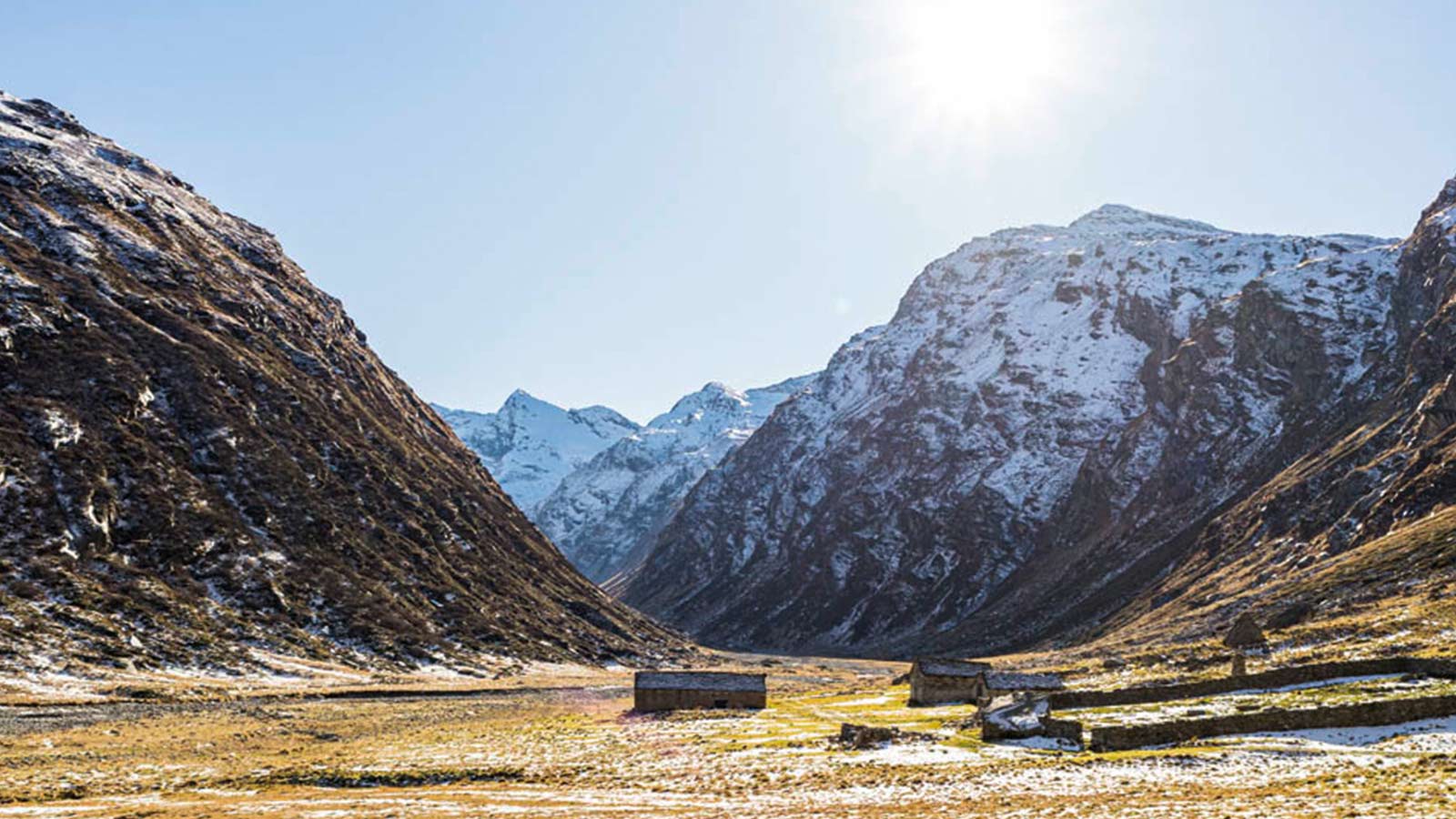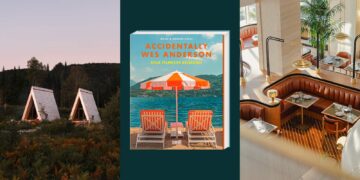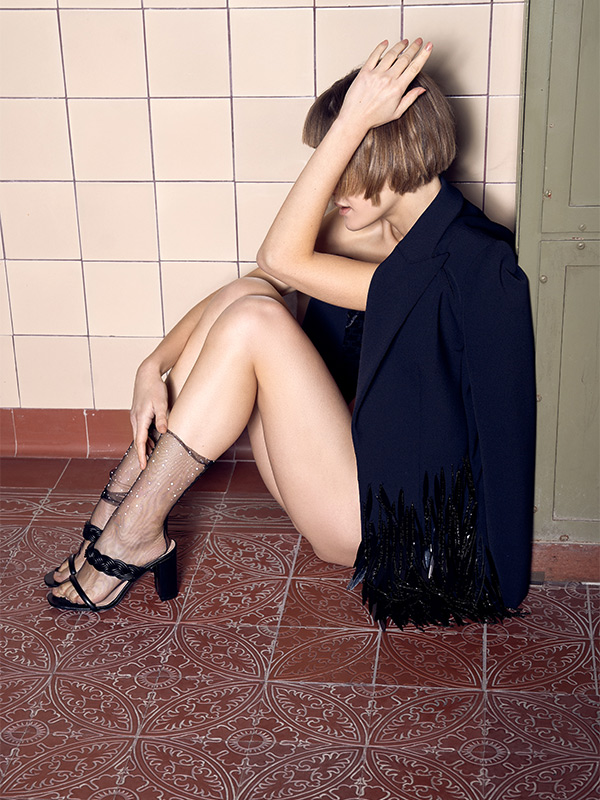By canoe through Norwegian fjords or on horseback through Nepal’s vastness? Well, exotic trips will just have to wait. Yes, our fingers are itching to book the next flight, pack our suitcases and rucksacks and put a tick behind the destinations on our bucket list. But we are reasonable, so be reasonable. Travel in Switzerland, because after all, there are so many places on Switzerland’s doorstep that you would never expect to find in this country of 8 million people. Artur Kilian Vogel has collected them all in his book “A trip around the world through Switzerland”, the places where Switzerland competes with other countries. The world can wait, we’ll discover Switzerland.
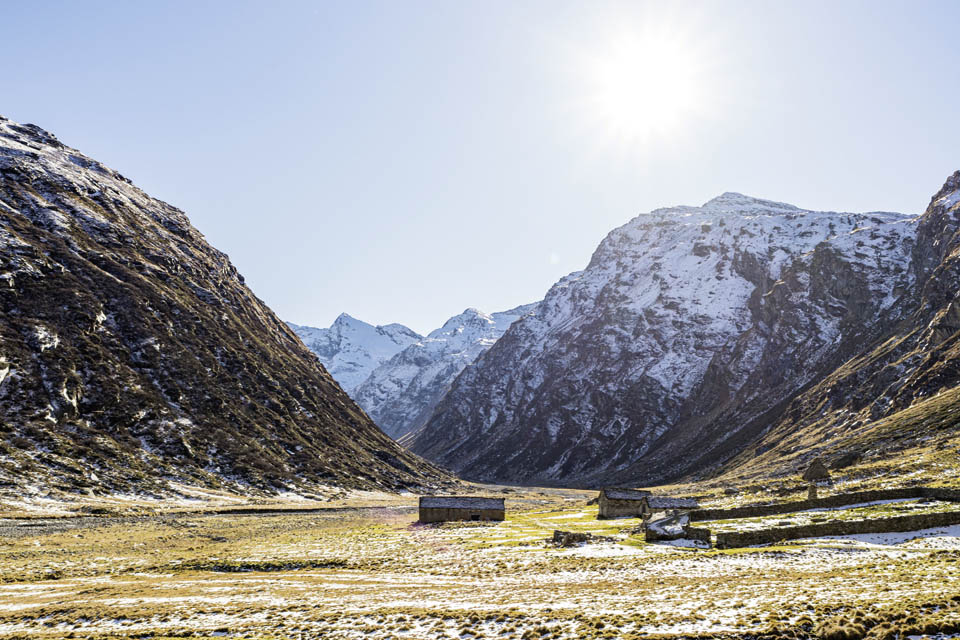
Grisons = Nepal / South Asia
Nepal is not only famous for the Himalayas with their highest mountain peaks in the world, which attract hordes of mountaineers. The country, the highest in the world after Tibet, is also a popular destination for travelers who love treks of epic length through endless, barren areas. High alpine landscapes reminiscent of Nepal can also be found when traveling in Switzerland, for example the Lampertschalp above Vals in Graubünden. Of course, the surrounding mountains, the Zervreilahorn at just under 3,000 meters, the Grauhorn, the Piz Jut and the Pizzo Cassinello at just over 3,000 meters, cannot be compared with Mount Everest and its 8,848 meters. But the mighty, 3,402-metre-high Rheinwaldhorn on the cantonal border between Graubünden and Ticino is a worthy substitute.
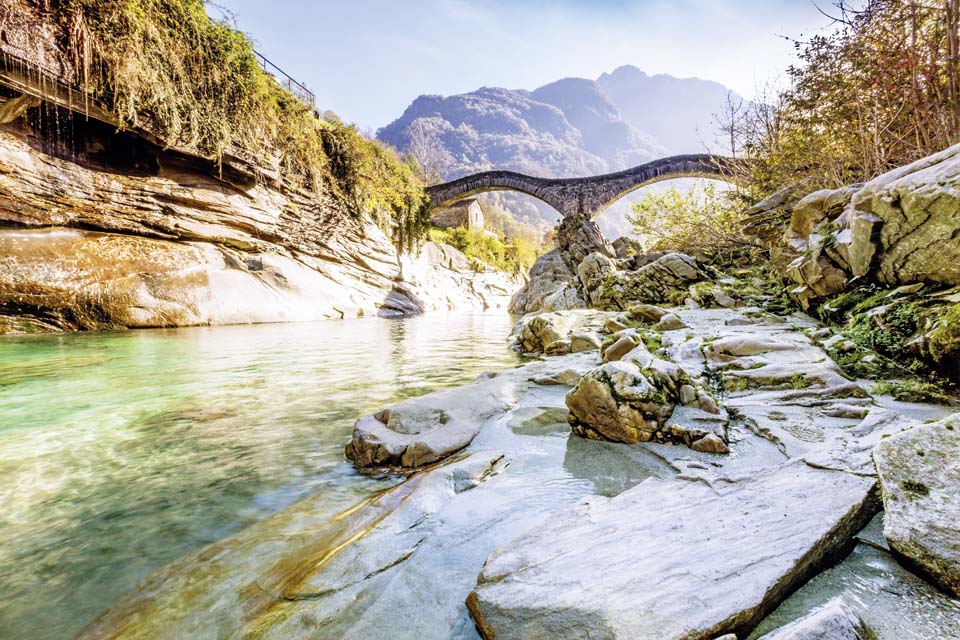 © Ticino Turismo, swiss-image.ch / Alessio Pizzicannella
© Ticino Turismo, swiss-image.ch / Alessio PizzicannellaTicino = Capo Testa / Sardinia
The Capo Testa peninsula in the very north of the Italian Mediterranean island of Sardinia is a wild area with granite rocks that have weathered into bizarre shapes. In the Valle di Luna, where many hippies used to live, some dropouts still live in rock caves. Capo Testa is home to a number of small bathing bays, which are anything but secluded: A large number of tourists flock here in summer. Rock formations carved by the river can also be found in the Maggia and Verzasca valleys. Of course, there are no beaches here like in the Mediterranean, but there are huge sand, gravel and stone banks in the Maggia delta and further up in both valleys there are small sandy beaches by the river, waterfalls and turquoise blue pools. The Verzasca Valley is also known for the Ponte dei Salti Roman bridge. And daring bungee jumpers plunge into the depths from the dam wall of Lake Vogorno. However, you should not expect Mediterranean water temperatures in the Ticino valleys.
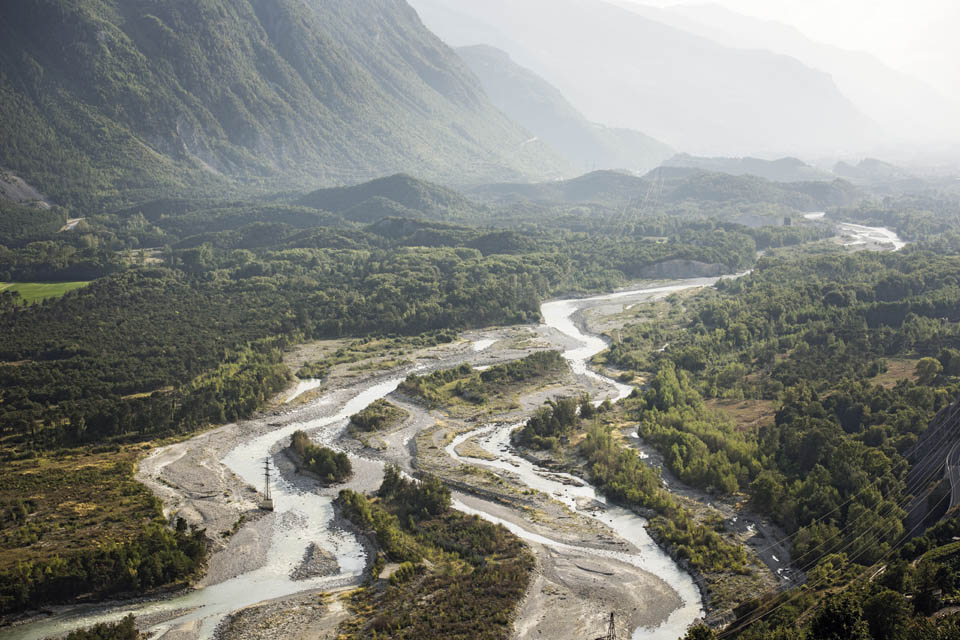
Wallis = Tibet / CHINA
The yaks are missing, as are the Buddhist monasteries on the surrounding hills – and of course the Chinese occupiers. Otherwise, the Pfynwald forest in Valais, with the free-flowing Rhone, the mountains in the background and the villages on its slopes, is very similar to Tibet. Of course, different standards apply here: the Tibet Autonomous Region covers an area of 1.2 million square kilometers – the size of Germany, France and Italy combined. The entire canton of Valais covers just over 5,000 square kilometers. The second major difference is the altitude: the Rhone Valley in Valais lies at around 500 meters, while Lhasa, the capital of Tibet, is at 3,650 meters. And although the Dufourspitze, the highest point in the Valais Alps, is a proud 4,634 meters high, some mountains in the highlands of Tibet are over 7,000 meters. Somewhere, such comparisons have their limits. After all, thanks to the Lötschberg base tunnel, it is much quicker to get to Valais than to Tibet, where there are no direct flights from Switzerland.
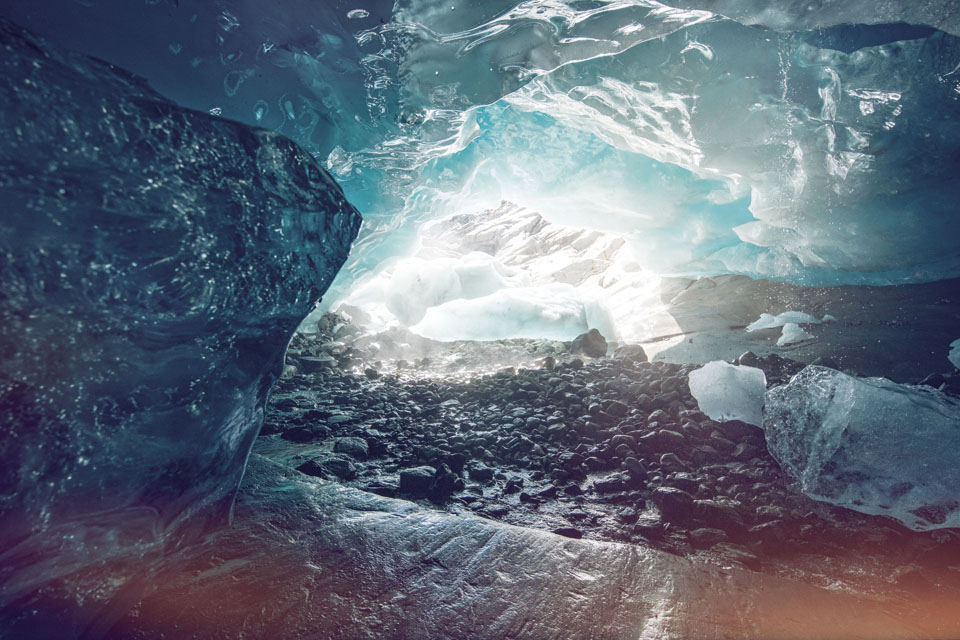
Travel in Switzerland: Valais = Patagonia / Argentina
From the flat steppe areas in the north, the Argentinian province of Patagonia changes to a mountainous landscape in the south, and this is also where the huge Patagonian ice fields are located, which together are almost half the size of Switzerland. The most famous and best developed glacier for tourists is Perito Moreno. Hardly less impressive is the Great Aletsch Glacier on the southern flank of the Bernese Alps in Valais, which stretches from the Jungfrau region at four thousand meters down to the Massa Gorge, two and a half thousand meters below. On the Jungfraujoch and the Moosfluh, Bettmerhorn and Eggishorn viewpoints, the size and beauty of the Aletsch Glacier is impressively demonstrated. However, the Aletsch Glacier has one problem that the Perito Moreno does not: it is melting and becoming up to fifty meters shorter every year.
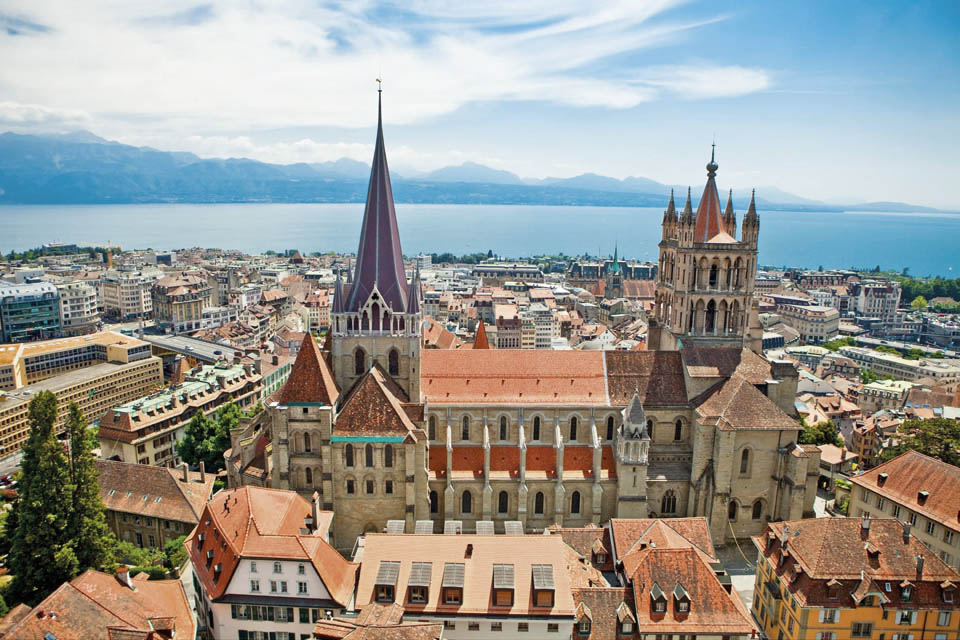
Vaud = Seville / Spain
The fifteenth-century Seville Cathedral is the largest Gothic church in Spain. Alongside the Moorish royal palace Alcázar and the Plaza de Toro bullring, it is one of the landmarks of the lively capital of the southern Spanish region of Andalusia, which is also known as the “cradle of flamenco”. Christopher Columbus is said to be buried in the cathedral. Much less famous, but just as impressive, is Lausanne Cathedral. Its construction began around two hundred years earlier than in Seville. But it is in the same style; it is considered one of the most important Gothic buildings in Europe with a decisive influence on the development of this architectural style. The best-known examples include Notre-Dame de Paris, Milan Cathedral, Brussels City Hall and the Palais des Papes in Avignon. Seville Cathedral has one thing over Lausanne Cathedral: Its bell tower, the Giralda, is a converted former minaret.
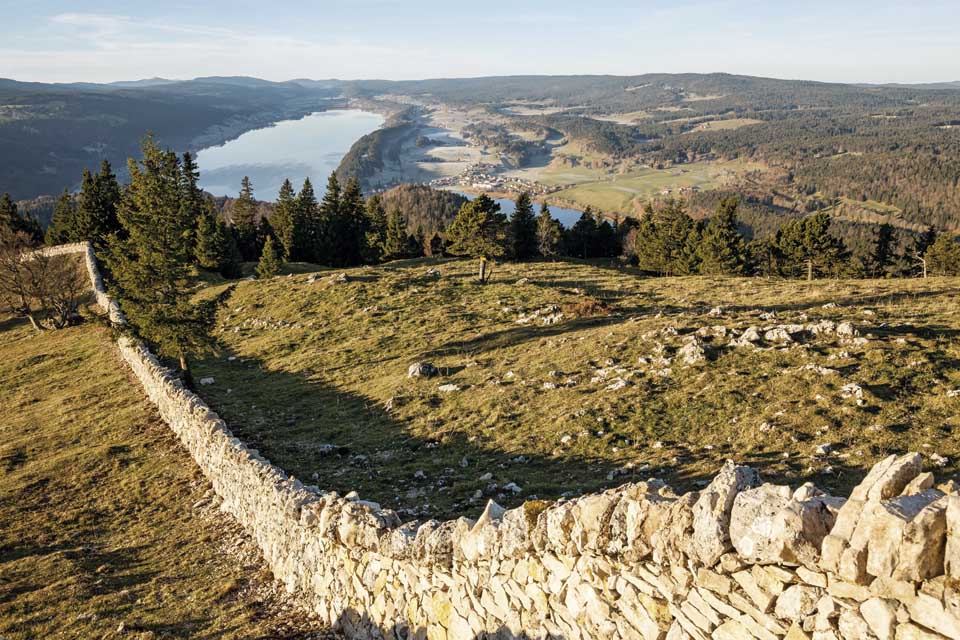
Vaud = Scottish Highlands / Great Britain
To stay in the Vallée de Joux: The Dent de Vaulion range of hills above Lac de Joux, up to 1,482 meters high, is reminiscent of the Scottish Highlands: barren hilly landscape, dry stone walls, vegetation that defies the harsh climate. There is even a whisky brewery in the valley: the Distillerie du Risoux in Les Charbonnières was founded in the 1990s by master plumber and independent member of the Vaud cantonal parliament Dominique Bonny. Among other things, the single malt “Isle of Joux” is brewed here. Three differences should be mentioned: there are hardly any sheep grazing in the Vallée de Joux. The men do not wear skirts. However, Scotland is not known for its watches, while some famous watch manufacturers have their headquarters in the Vallée de Joux: Jaeger-LeCoultre in Le Sentier, for example, or Audemars Piguet in Le Brassus.
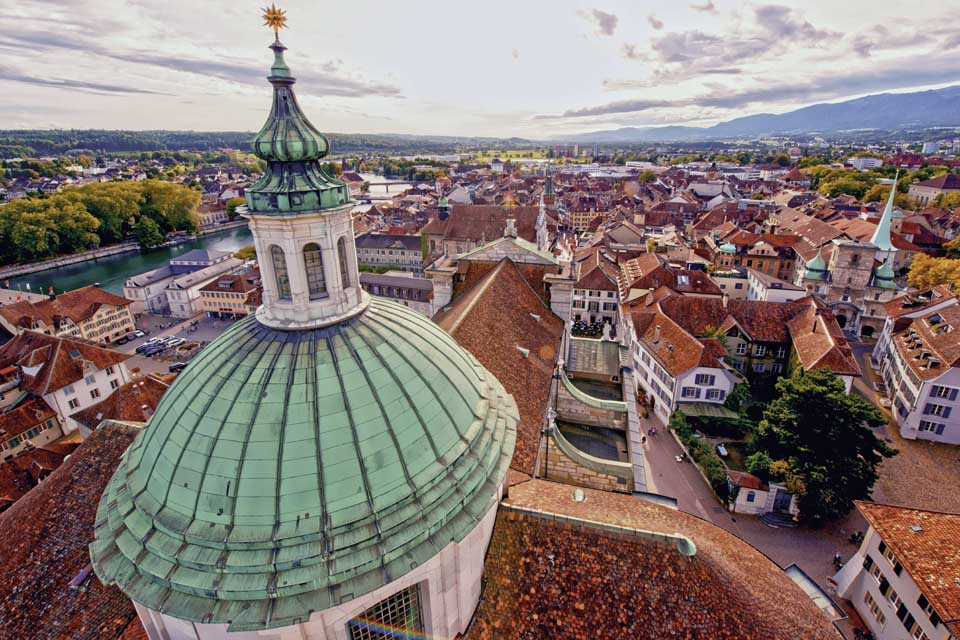
Solothurn = Vilnius / LITHUANIA
It touts itself as the “most beautiful baroque city in the world”: Vilnius, the capital of Lithuania, largely renovated its long-neglected old town after gaining independence from the Soviet Union in 1990. There you can admire numerous churches and other buildings in the Baroque style, as well as Gothic and Renaissance buildings. Compared to Vilnius (almost six hundred thousand inhabitants), Solothurn (seventeen thousand inhabitants) is tiny. But even in its old town, most of which was built between 1500 and 1800, various architectural styles can be seen, with the Baroque dominating. The white cathedral of St. Ursen with its green dome, built in the second half of the eighteenth century and seat of the Catholic Bishop of Basel since 1828, dominates the cityscape. Its tower and façade are in the late Baroque style; the simpler interior is already neoclassical. On warm evenings, a cheerful crowd gathers on the banks of the Aare with terrace restaurants and bars.
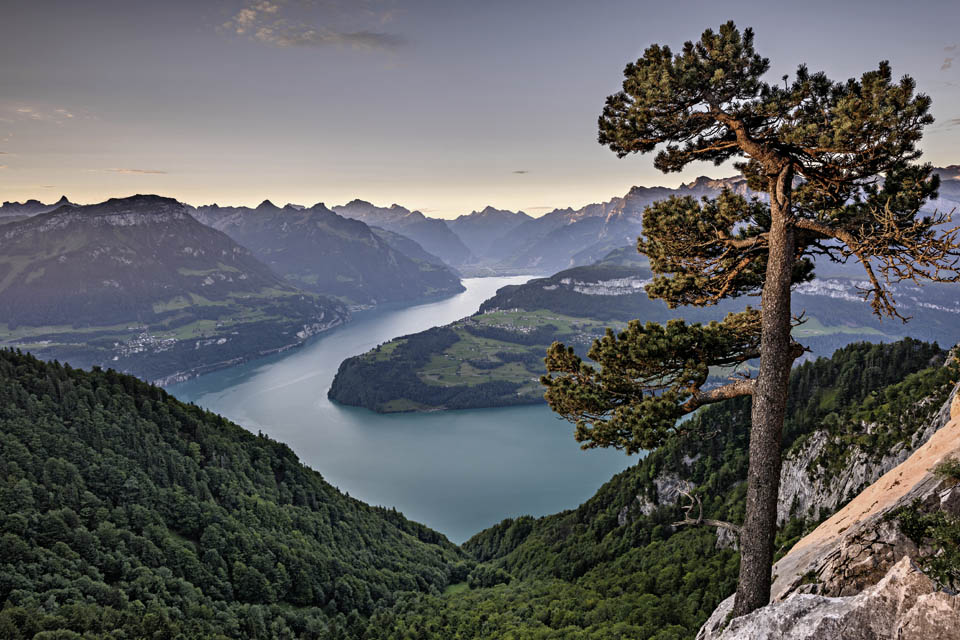
Uri = Fjord / Norway
Lake Lucerne, which stretches from Flüelen in the canton of Uri to the city of Lucerne, is often compared to Norwegian fjords with its deeply indented side arms. The southernmost arm – known as Lake Uri – is particularly magical. The elegant Lake Lucerne steamers from the Belle Époque are of course not comparable with the robust mail ships of the Hurtigruten. And you don’t risk getting stuck in pack ice in Central Switzerland either, because Lake Lucerne doesn’t freeze even in the coldest winter. But you can still get the impression of looking down on a Norwegian fjord, for example when you look down from the Rigi Hochflue towards Flüelen at dusk.
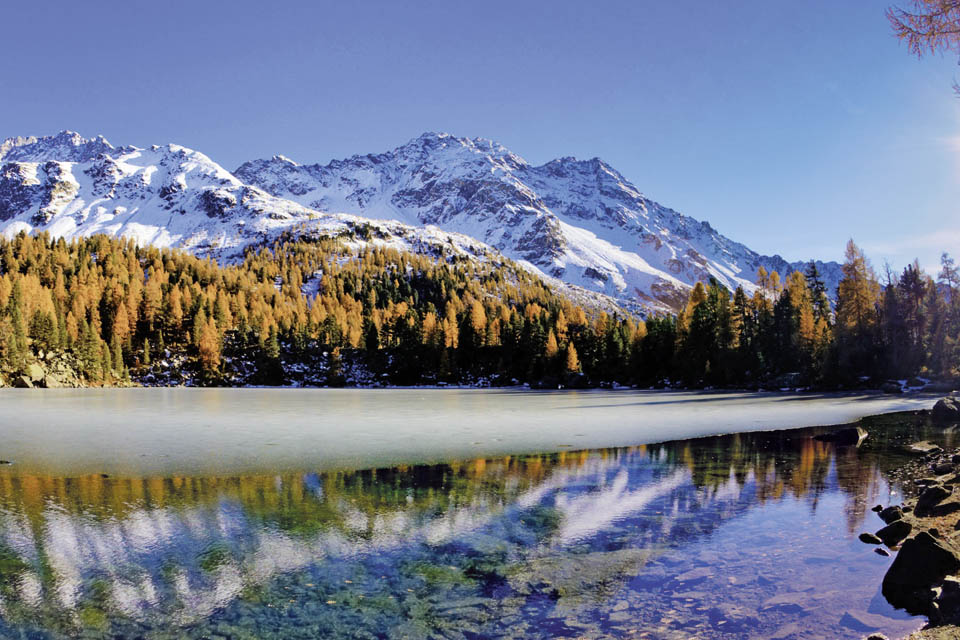
Graubünden = Indian Summer / North America
The Indian summer is a dry, warm period in late fall in
certain areas of North America: from New England to the Ohio Valley, the Great Lakes region, the Midwest and the northern part of the Great Plains in the USA all the way up to Canada. It is accompanied by a bright blue sky and the intense coloring of the trees. But you don’t need a transatlantic flight to experience Indian summer. A train ride over the Albula and Bernina is enough – and that in itself is a first-class tourist experience. In Puschlav or Valposchiavo, the southern, Italian-speaking Grisons valley, for example at the idyllic Lake Saoseo, late autumn is at least as beautiful. And because the valley practically only practises organic farming and places great value on traditional, local food, the chance of being served excellent food is significantly greater here than in the USA.
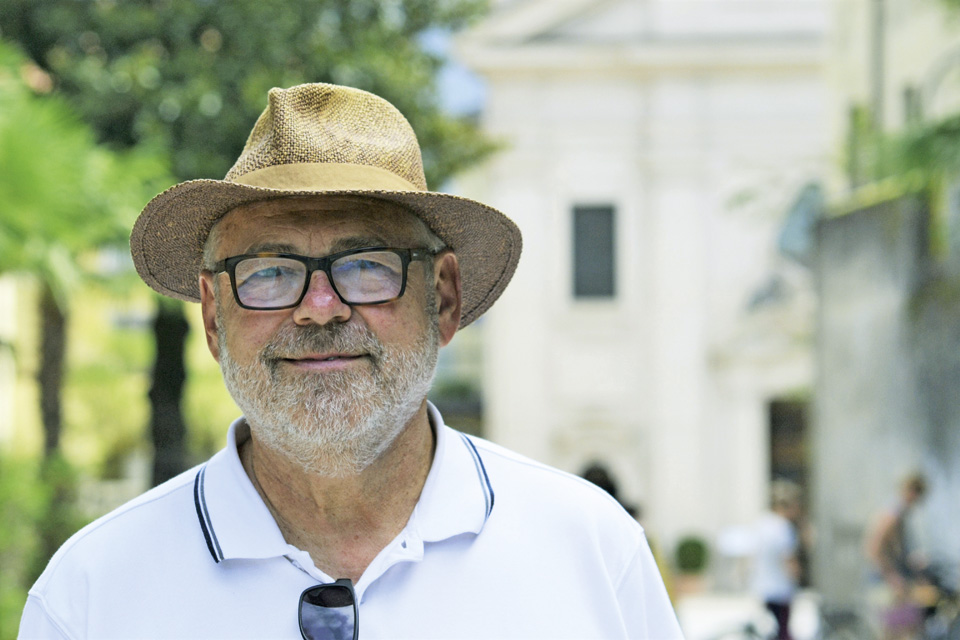
A trip around the world through Switzerland
Indian Summer is a dry, warm period in late fall in certain areas of North America: from New England to the Ohio Valley, the Great Lakes region, the Midwest and the northern part of the Great Plains in the USA all the way up to Canada. It is accompanied by a bright blue sky and the intense coloring of the trees. But you don’t need a transatlantic flight to experience Indian summer. A train ride over the Albula and Bernina is enough – and that in itself is a first-class tourist experience. In Puschlav or Valposchiavo, the southern, Italian-speaking Grisons valley, for example at the idyllic Lake Saoseo, late autumn is at least as beautiful. And because the valley is practically all organic farming and great importance is attached to traditional, local food, the chance of being served excellent food is significantly greater here than in the USA.
Artur Kilian Vogel, “Eine Weltreise durch die Schweiz”, Wörterseh Verlag, ca. 35 – FACES readers can order the book at the special price of CHF 29.90 instead of 34.90 (including postage and packing) by quoting the code word ag20ws. About www.woerterseh.ch, by e-mail to
leserangebot@woerterseh.ch or by calling 044 368 33 68.
Here you will find the 10 most beautiful places in Switzerland.


